DIY Green Roof Installation
The following DIY green roof video shows the steps needed to ensure your green roof will not leak.
Watch more Green Building Guide videos from EcoHome on YouTube here
The most common building material used for roofing in North America is asphalt shingles, and because of their poor durability they may spend only 15 or 20 years on your roof before heading to a landfill.
A properly installed green roof has a longer lifespan than asphalt shingles and will absorb and retain a large portion of storm water, which otherwise would end up in sewers needing to be treated.
Storm water some regions is sent directly to waterways, taking with it pesticides as well as pollutants and debris from roads. Even in cities that treat their storm water, systems will occasionally be overloaded by heavy rains to a point where they just can't handle the volume and it ends up being dumped in rivers untreated, despite the efforts and finances invested to keep waterways clean.
Durability and cost:
A green roof will end up being more expensive to install than most other roofing products, but their durability makes them more affordable in the long run. By the time you have done a second round of asphalt shingles, the cost starts to even out. Expect at least a 50 year lifespan (and likely more) from a properly installed green roof, and if you are installing asphalt shingles, expect to replace them an easy 4 or 5 times over the lifespan of a building.
An important part of any roof assembly is that it manages moisture properly. Read here about why roofs need to be ventilated and how to ventilate a roof properly.
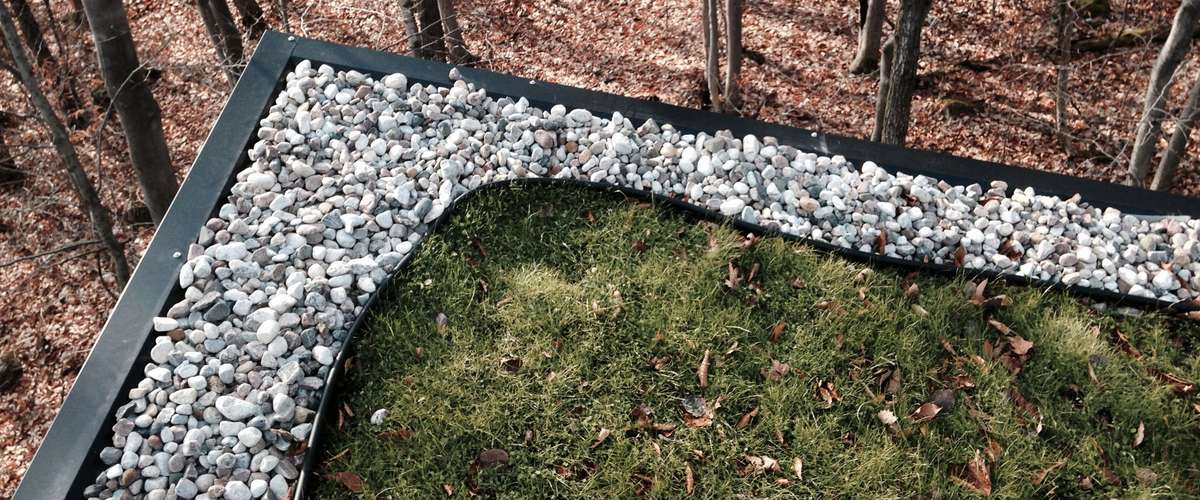















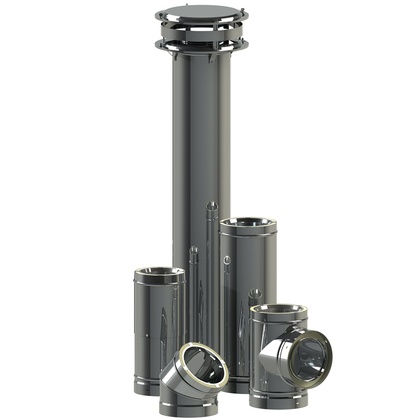

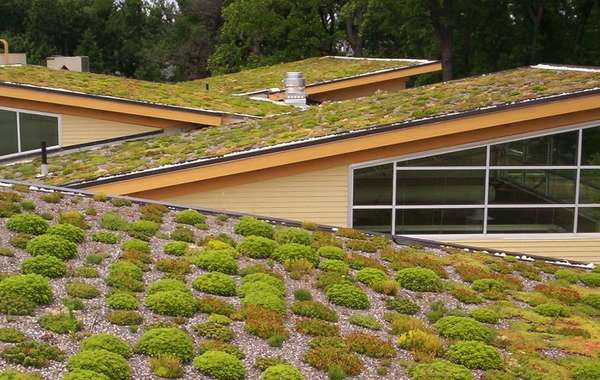
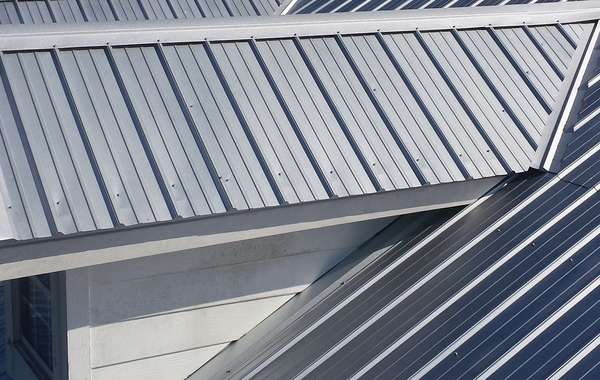
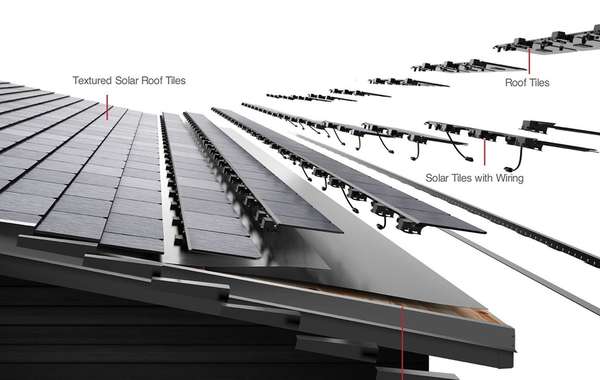
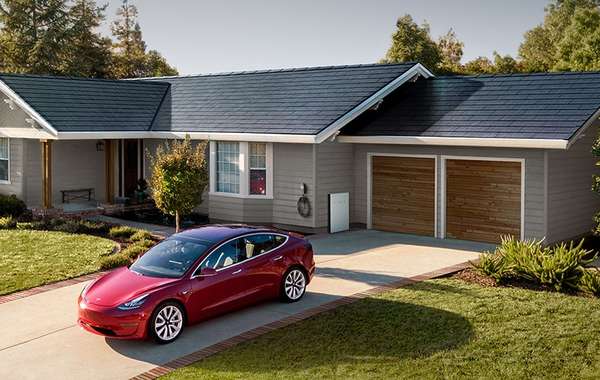
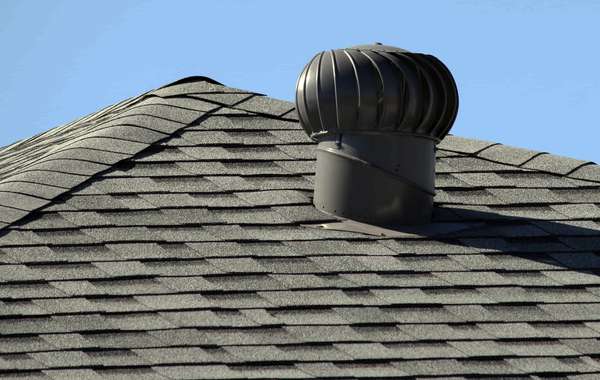
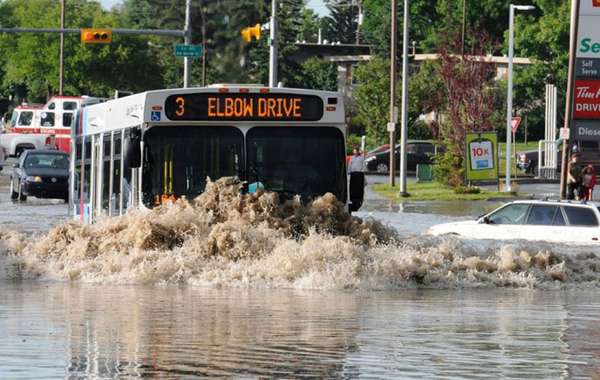
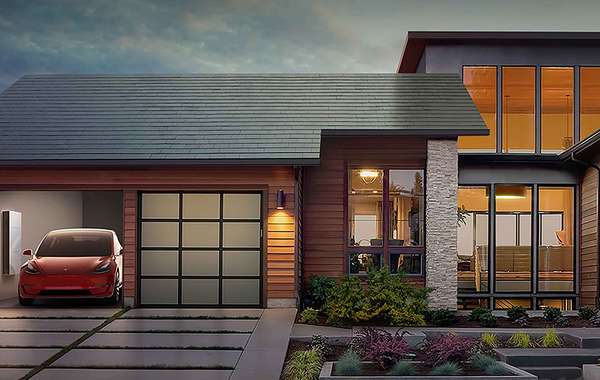
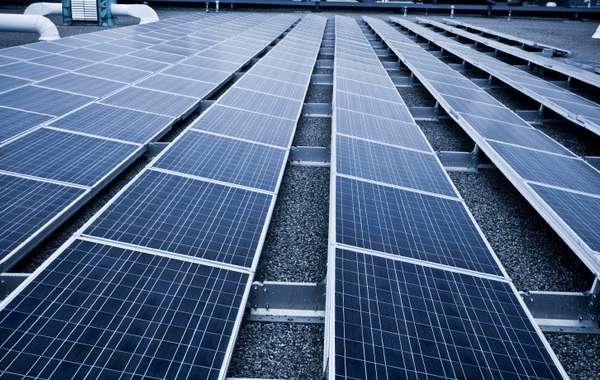
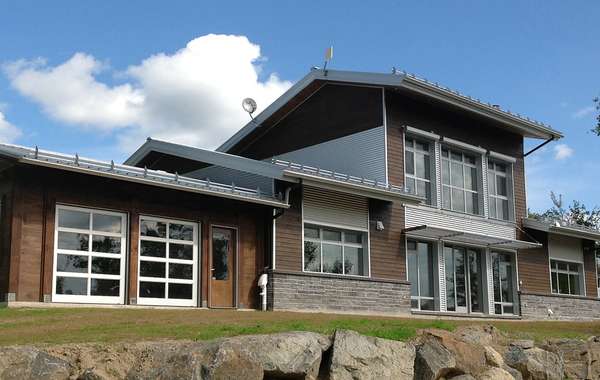

Hi there, love this website! I'm 20 yrs old and live in NORTHERN British Columbia. I have been planning on building a basic cabin to live in for the foreseeable future. It would need to be 100% off grid as my location is in the boonies :) my current plans are simple but require of so much maintenance and as a student its daunting. Anyways I am curious if there is any real benifet to a green roof or if I should just use tin. Also any and all advice is welcome! I hope to build this coming summer and am living in my truck to save in the winter :) Also the article on earthships was really helpful!